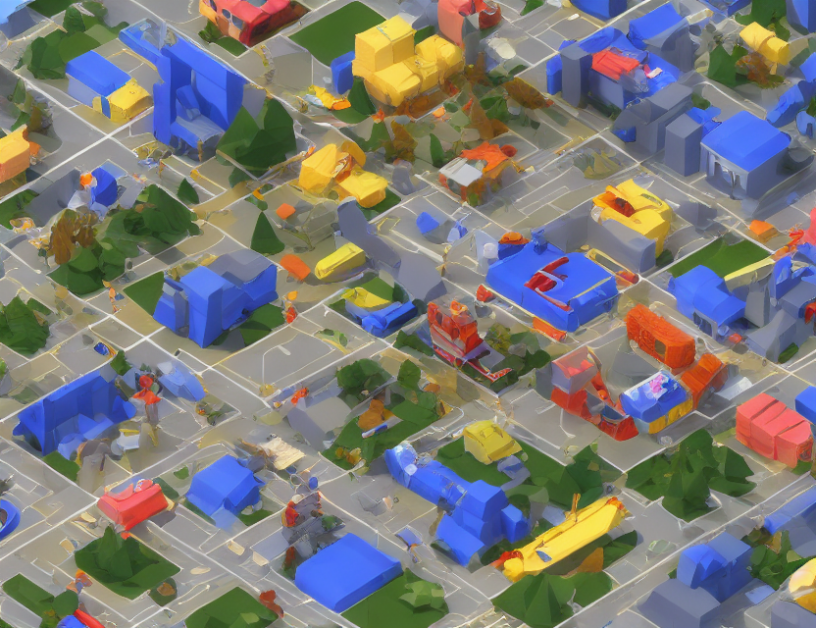In this paper, the authors propose a novel approach to few-shot learning called Semantic Evolution. The central idea is to leverage high-quality semantics to improve the performance of few-shot classifiers. The proposed framework consists of two main components: (1) semantic evolution, which generates a set of high-quality semantic descriptions for each class, and (2) few-shot learning, which uses these semantic descriptions to improve the classification performance.
The authors begin by highlighting the challenges of few-shot learning, where models are expected to perform well on unseen classes with only a handful of examples. They argue that traditional methods rely solely on visual features, which can lead to ambiguity and poor generalization. To address this issue, they propose incorporating semantic information into the few-shot learning framework.
The authors then describe their approach to semantic evolution. They use WordNet, a large lexical database of English words, to generate high-quality semantic descriptions for each class. These descriptions are created by aligning the class names with the corresponding WordNet entries and then combining them into a single description. The resulting semantic descriptions are more detailed and concrete than simple class names, providing valuable knowledge for few-shot learning.
The authors evaluate their proposed framework on several benchmarks and show that it significantly outperforms traditional few-shot learning methods. They also conduct ablation studies to analyze the contribution of each component, demonstrating that both semantic evolution and visual features are crucial for achieving good performance.
In summary, Semantic Evolution is a novel approach to few-shot learning that leverages high-quality semantics to improve classification performance. By combining semantic descriptions with visual features, the proposed framework enhances the robustness of the reconstructed prototype and achieves better performance on unseen classes. The authors demonstrate the effectiveness of their method through extensive experiments on several benchmarks.
Computer Science, Computer Vision and Pattern Recognition
Unlocking Few-Shot Learning with Semantic Types



